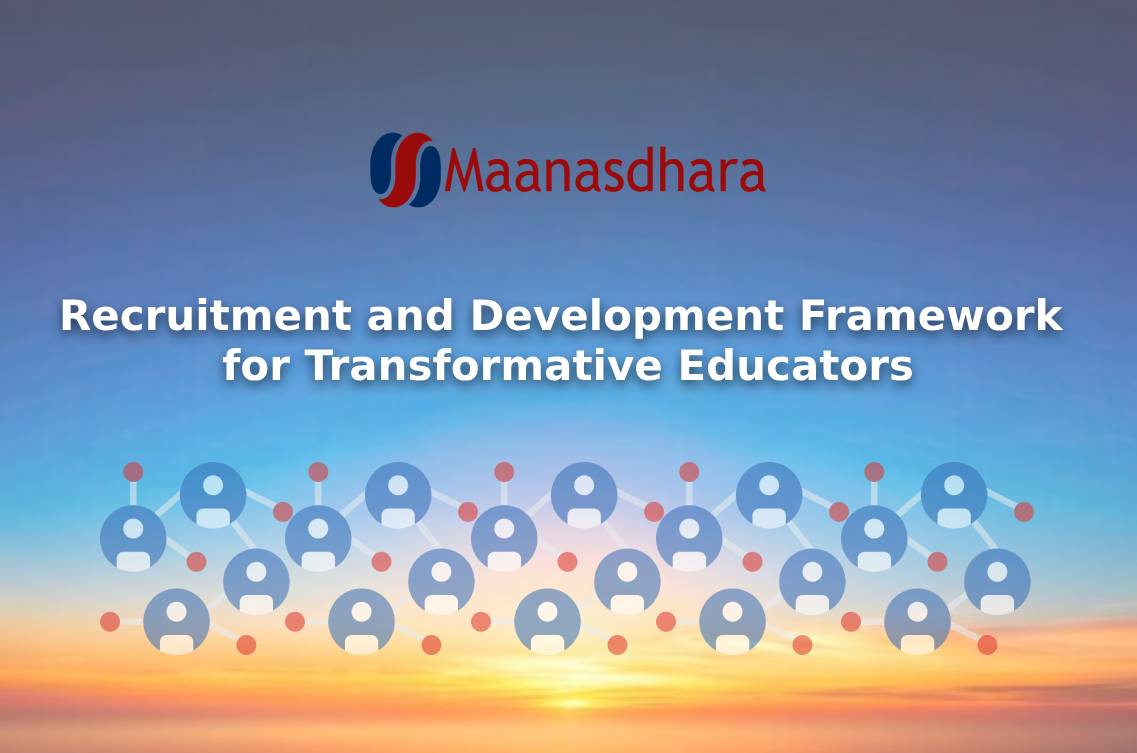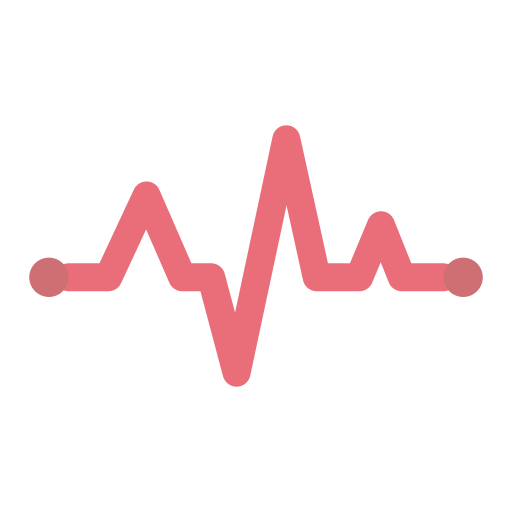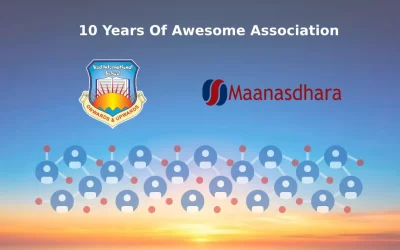As the landscape of education evolves, so must our approach to identifying and nurturing teaching talent. Today’s educational institutions require educators who not only excel in subject mastery but also possess innate qualities to inspire, innovate, and drive long-term impact. A future-forward recruitment and development framework can bridge the gap between potential and performance. Here’s a comprehensive framework designed to recruit, assess, and nurture the transformative educators of tomorrow.
1. Strategic Recruitment: A Dual-Assessment Approach
A. Holistic Evaluation through Dual Testing
- Maanasdhara Psychometric Test:
This tool assesses core intrinsic qualities such as emotional intelligence, resilience, creativity, and the natural aptitude for teaching. It captures the subtle traits that often differentiate truly transformative educators from their peers. - Subject Ability Test:
Complementing the psychometric assessment, this test evaluates deep subject knowledge and the ability to translate expertise into effective instruction. It ensures that candidates have the academic foundation necessary to support their natural teaching talent.
B. Inclusive Talent Sourcing
- Broad Outreach:
Utilize digital platforms, social media, and professional networks to reach a diverse pool of candidates. - Collaboration with Academic Institutions:
Establish partnerships with universities and teacher training colleges to identify promising graduates early. - Community Recommendations:
Engage with educational communities and current educators to spot potential talent based on grassroots recommendations and peer evaluations.
2. Customized Onboarding and Mentorship Programs
A. Tailored Induction Programs
- Personalized Onboarding:
Design induction programs that align with the unique profiles of new educators. Use initial assessment data to craft individualized development plans. - Early Mentorship Pairing:
Connect new educators with seasoned mentors who exemplify advanced knowledge processing—from absorption to assimilation and beyond.
B. Reflective and Collaborative Learning
- Peer Learning Communities:
Create forums and workshops where educators can share experiences, challenges, and best practices. Collaborative learning fosters innovation and accelerates professional growth. - Reflective Practices:
Encourage self-assessment and regular reflection through journaling, peer feedback, and mentor discussions. This builds a culture of continuous learning and adaptation.
3. Continuous Professional Development (CPD) Ecosystem
A. Innovative Training Modules
- Dynamic Learning Platforms:
Leverage digital platforms for micro-learning sessions, interactive webinars, and virtual simulations. These platforms can offer targeted training that adapts to emerging educational trends. - Skill Enhancement Workshops:
Organize workshops focused on both pedagogical strategies and personal development. Topics might include emotional intelligence, classroom innovation, and adaptive teaching methods.
B. Advanced Certification Programs
- Pathways to Leadership:
Develop tiered certification programs that recognize educators as they progress from foundational teaching roles to thought leaders and innovators in education. - Research and Innovation Grants:
Offer opportunities for educators to pursue research or innovative projects, fostering a mindset that views teaching as both an art and a science.
4. Data-Driven Feedback and Adaptation
A. Continuous Assessment and Analytics
- Performance Dashboards:
Implement digital dashboards that integrate data from classroom performance, student feedback, and ongoing assessments. These dashboards provide real-time insights into an educator’s growth trajectory. - Iterative Feedback Loops:
Regularly collect and analyze feedback from students, peers, and mentors. Use these insights to adjust professional development plans and training modules.
B. Adaptive Learning Environments
- Personalized Learning Journeys:
Use AI-driven analytics to tailor development programs to each educator’s needs, ensuring that professional growth is both personalized and scalable. - Responsive Curriculum Design:
Continuously update training content to reflect the latest pedagogical research and technological advancements in education.
5. Building a Sustainable, Future-Focused Culture
A. Institutional Commitment to Excellence
- Leadership Support:
Secure commitment from institutional leadership to invest in innovative recruitment and development strategies. Transparent communication and long-term vision are critical. - Community Engagement:
Foster a culture where educators, students, and stakeholders are active participants in the development process. Engage all voices to create a supportive ecosystem.
B. Celebrating Success and Innovation
- Recognition Programs:
Develop awards and recognition programs that celebrate breakthroughs in teaching, innovation in classroom practices, and contributions to educational research. - Global Collaboration:
Create networks with other institutions worldwide to share best practices, research findings, and innovative teaching strategies. Global collaboration can drive local excellence.
Conclusion: Pioneering the Future of Education
This futuristic framework reimagines teacher recruitment and development by recognizing that true teaching excellence is a blend of innate talent and continuous professional growth. By integrating robust dual-assessments, tailored onboarding, dynamic professional development, and data-driven adaptation, we can identify and nurture the educators who will lead tomorrow’s classrooms.
Now is the time to revolutionize our approach—by investing in the potential of every educator, ensuring that innate brilliance is recognized, nurtured, and celebrated. As we continue to shape the future of education, let us work together to build an ecosystem where transformative teaching is not the exception but the norm.
What innovative strategies or additional components do you think are essential in creating this sustainable, future-focused framework? Let’s engage in a dialogue and refine this vision for the benefit of all educators and learners.








